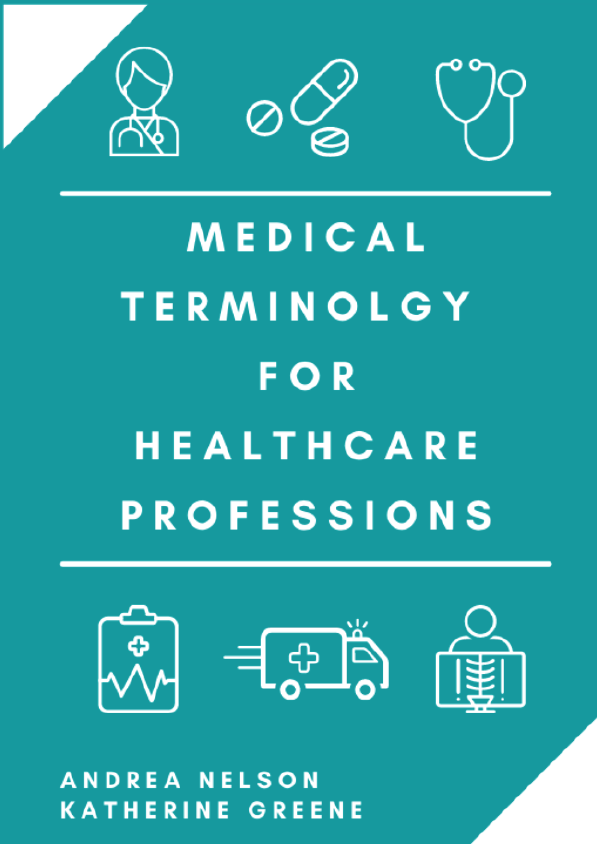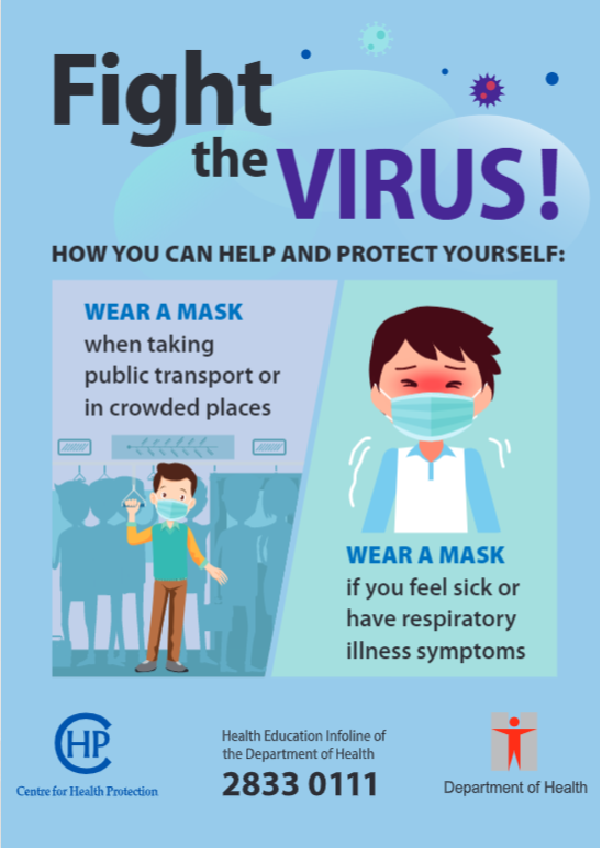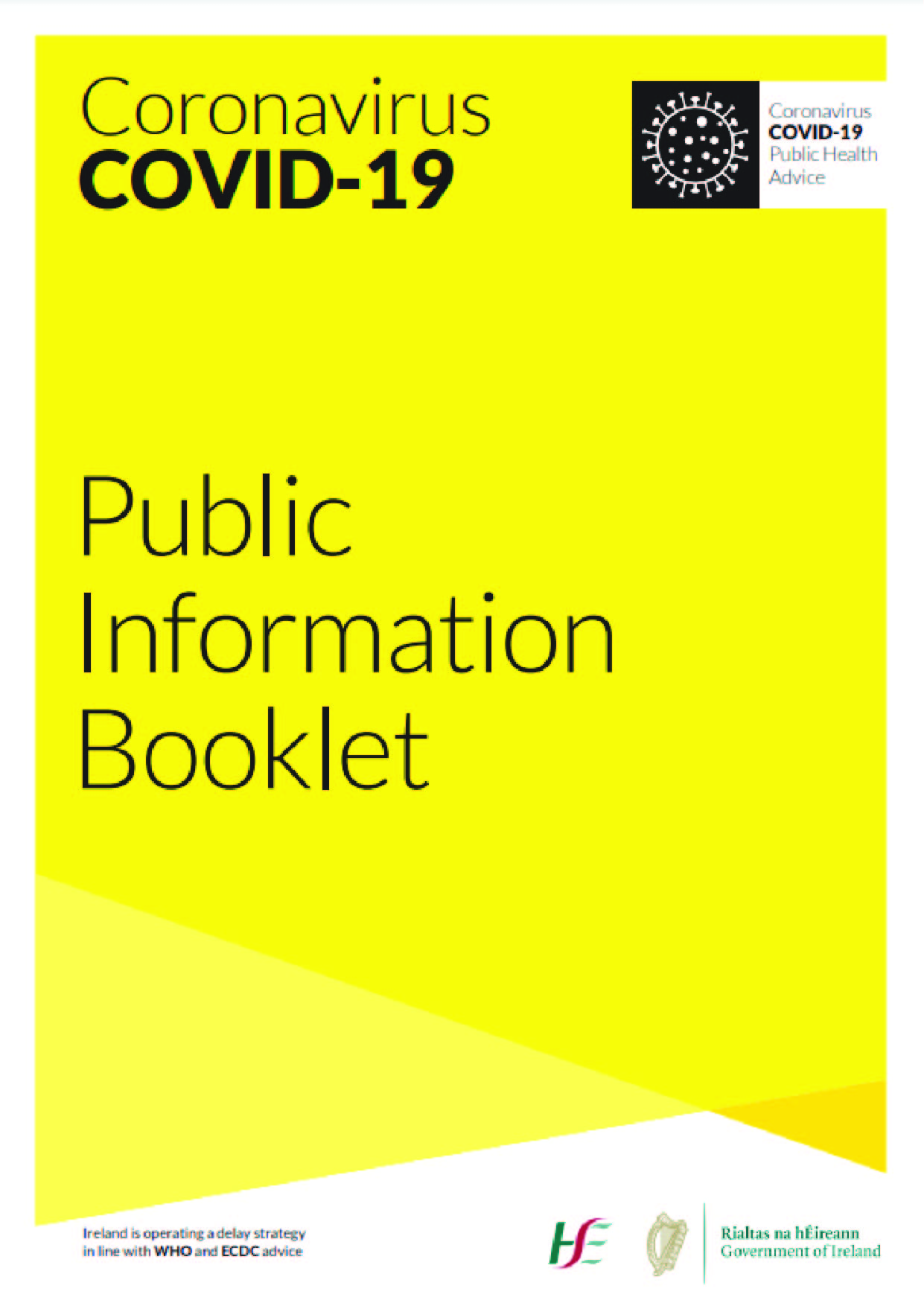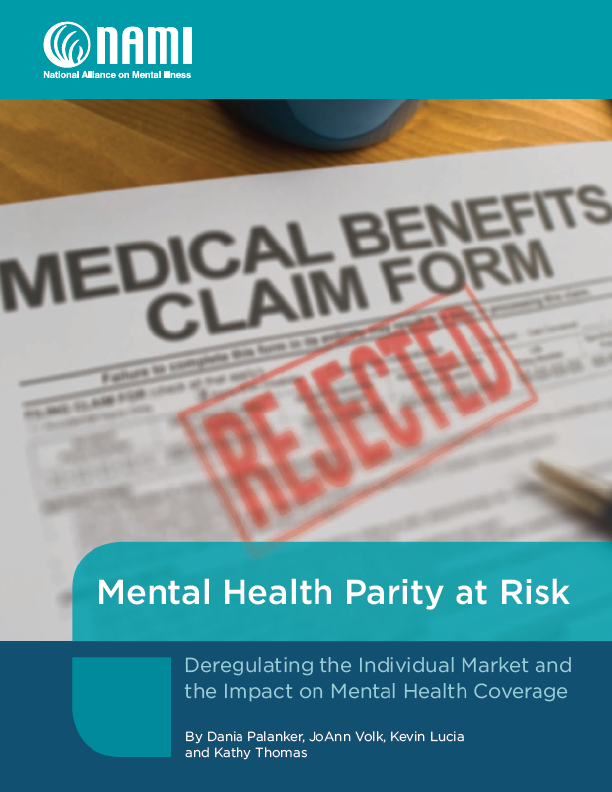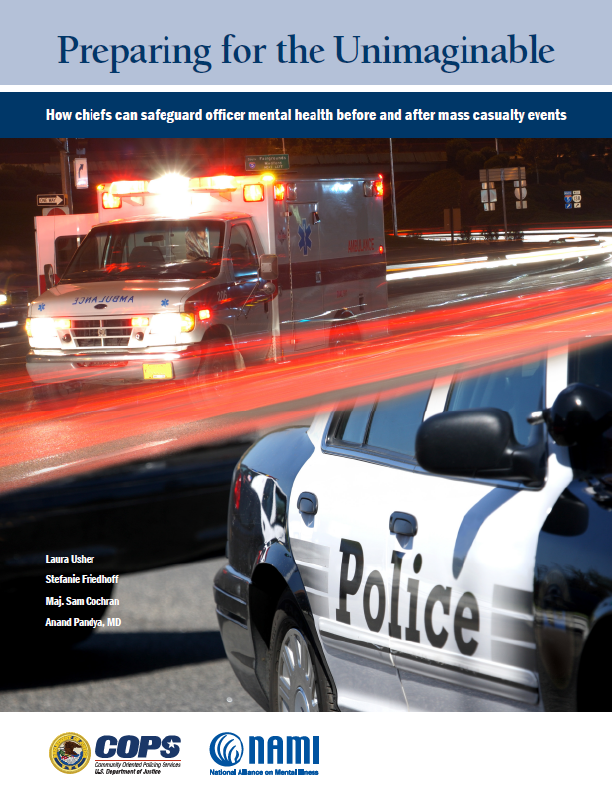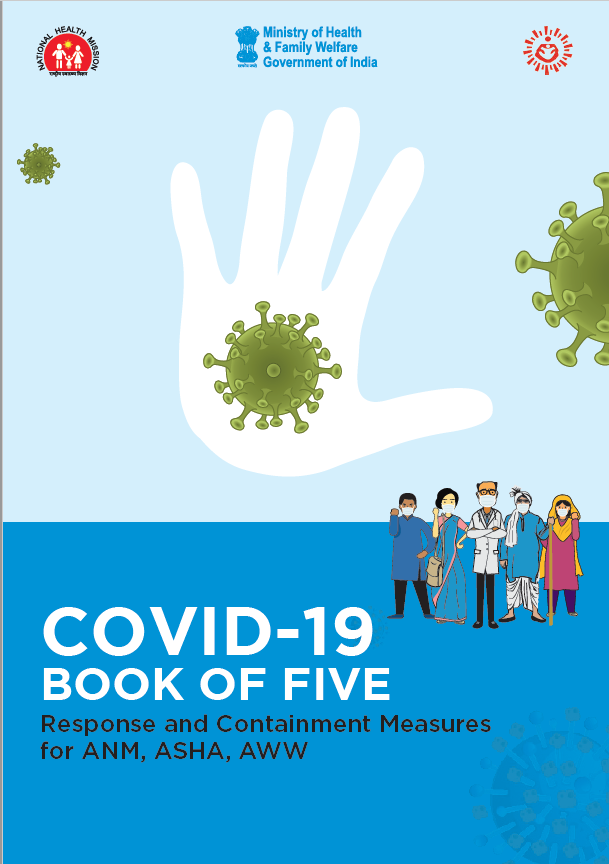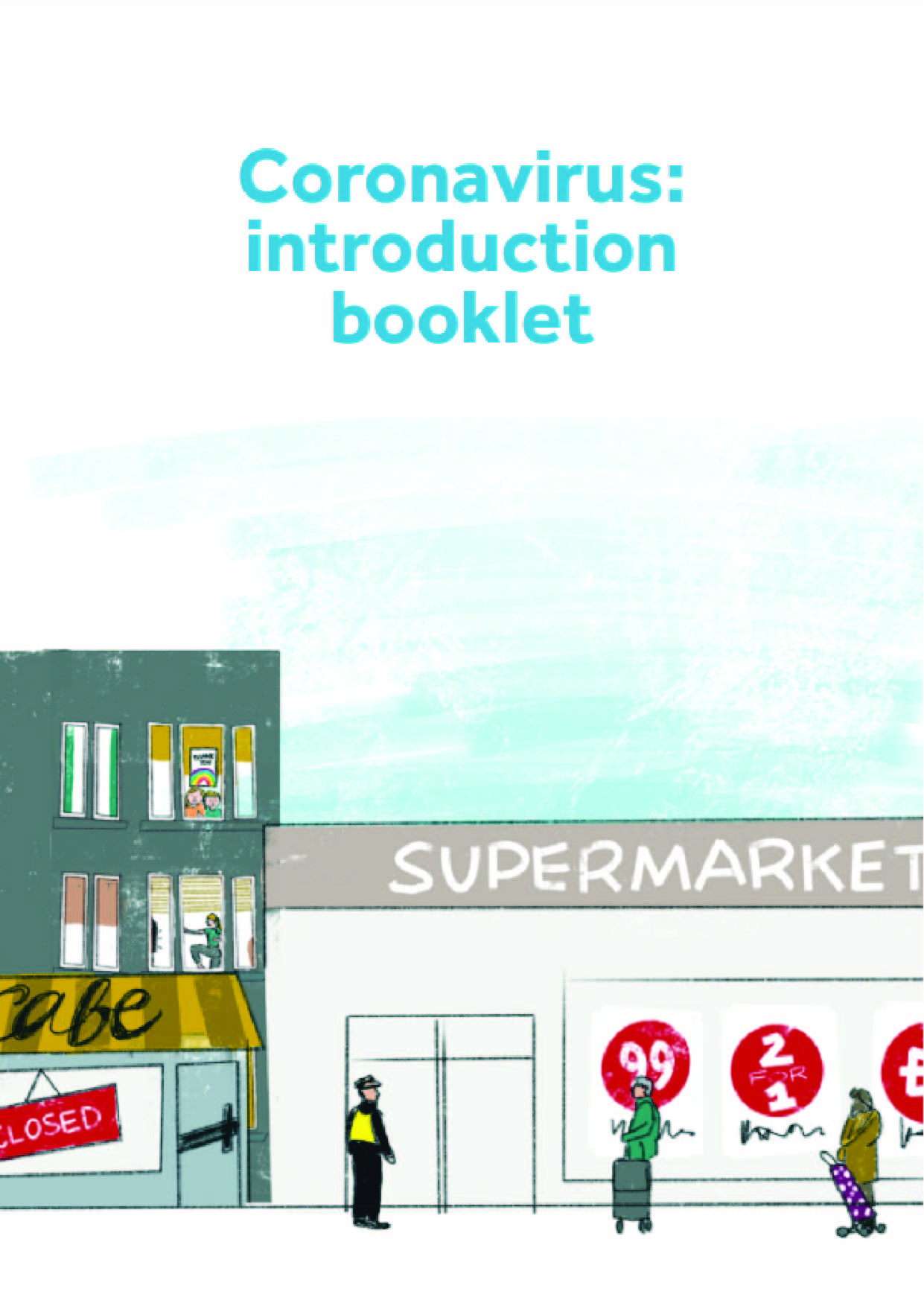Introduction
Welcome to Medical Terminology for Healthcare Professions. Medical terminology is a language that is used in healthcare settings. Medical terms are built from Greek and Latin word parts and include acronyms, eponyms, and modern-day language terms.
Learning a new language can be a daunting task. This book offers methods for breaking down medical words and making them more manageable. To be successful, you will need to be committed to memorizing the word parts, learning the rules, and identifying the rebels. Once you meet that commitment we will show you how to apply the rules to the word parts you have memorized. As you memorize the language components of medical terminology it is important to support that learning with the context of anatomy and physiology. Consider where in the body the medical term is referencing and then how it works within the body. This will build a medical terminology foundation that you can continue to grow in your future healthcare courses.
How Open Educational Resources (OER) work
This book is an adaptation of Building a Medical Terminology Foundation, published by Carter and Rutherford at eCampus Ontario with revisions in text and activities for clarification and flow. The anatomy and physiology content of this OER has been adapted from the OpenStax Anatomy and Physiology OER by Betts et al. Both books are licensed under a Creative Commons Attribution 4.0 International License and in the spirit of OPEN education we have licensed this OER with the same license.
Word Parts
Medical terms are built from word parts. Those word parts are prefix, word root, suffix, and combining form vowel. When a word root is combined with a combining form vowel the word part is referred to as a combining form.
Identifying Word Parts in Medical Terms
By the end of this book, you will have identified hundreds of word parts within medical terms. Let’s start with some common medical terms that many non-medically trained people may be familiar with.
Language Review
Before we begin analyzing the rules let’s complete a short language review that will assist with pronunciation and spelling.
Language Rules
Language rules are a good place to start when building a medical terminology foundation. Many medical terms are built from word parts and can be translated literally. At first, literal translations sound awkward. Once you build a medical vocabulary and become proficient at using it, the awkwardness will slip away. For example, suffixes will no longer be stated and will be assumed. The definition of intravenous then becomes within the vein.
Since you are at the beginning of building your medical terminology foundation, stay literal when applicable. It should be noted that as with all language rules there are always exceptions and we refer to those as rebels.
